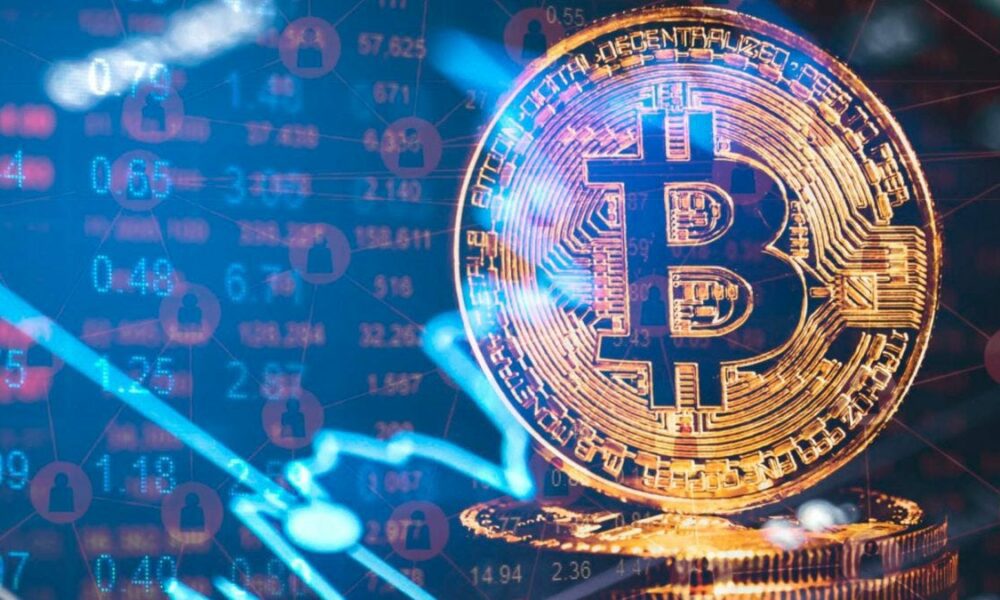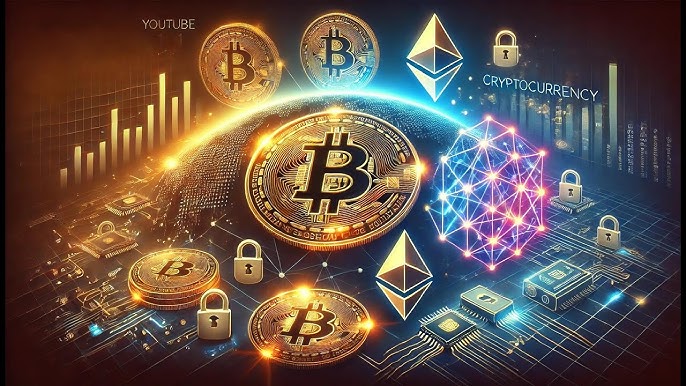Decoding Blockchain: The Digital Gold Rush
In the vast expanse of technological innovation, few concepts have captivated global attention like blockchain. Often referred to as the backbone of cryptocurrencies, blockchain represents a profound shift in how we perceive and execute transactions, store data, and even trust each other in the digital realm. This revolutionary technology, likened to a “digital gold rush,” is transforming industries and creating unprecedented opportunities.
At its core, blockchain is a decentralized and distributed ledger that records transactions across multiple computers. Unlike traditional systems controlled by centralized authorities, blockchain operates on a peer-to-peer network, ensuring transparency, security, and immutability. Each block in the chain contains a record of transactions, cryptographically linked to the previous block, forming an unalterable sequence of data. This structure eliminates the need for intermediaries, reducing costs and increasing efficiency.

The analogy of a gold rush is particularly apt when discussing blockchain. Just as the California Gold Rush of the 19th century attracted prospectors from around the world, blockchain has drawn developers, entrepreneurs, and investors eager to capitalize on its potential. Cryptocurrencies like Bitcoin and Ethereum are often seen as the “gold” of this era, but the real treasure lies in the technology itself.
Beyond cryptocurrencies, blockchain’s applications are vast and diverse. In the financial sector, blockchain enables faster cross-border payments, reduces fraud, and enhances the security of financial transactions. In supply chain management, it provides an immutable record of product origins and movements, fostering transparency and accountability. Industries such as healthcare, real estate, and even art are finding innovative uses for blockchain, from securing medical records to enabling fractional ownership of assets.

However, as with any gold rush, the blockchain revolution comes with challenges. Scalability remains a critical issue; as networks grow, the speed and efficiency of transactions can be hindered. Energy consumption, particularly in proof-of-work systems like Bitcoin, raises environmental concerns. Additionally, regulatory uncertainty and the risk of bad actors exploiting the technology pose significant hurdles.
Despite these challenges, the momentum of blockchain adoption is undeniable. Governments and corporations worldwide are exploring ways to harness its potential. Central banks are developing digital currencies, and startups are using blockchain to tackle real-world problems, from identity verification to climate change solutions. The decentralized nature of blockchain empowers individuals, giving them greater control over their data and finances.

The digital gold rush is far from over. Just as the pioneers of the 19th century reshaped economies and societies, today’s blockchain innovators are redefining how we interact with technology and each other. As we decode the complexities of blockchain, one thing is clear: this is more than a passing trend. It is a transformative force, unlocking new possibilities and challenging us to rethink the foundations of trust, value, and collaboration in the digital age.












Post Comment